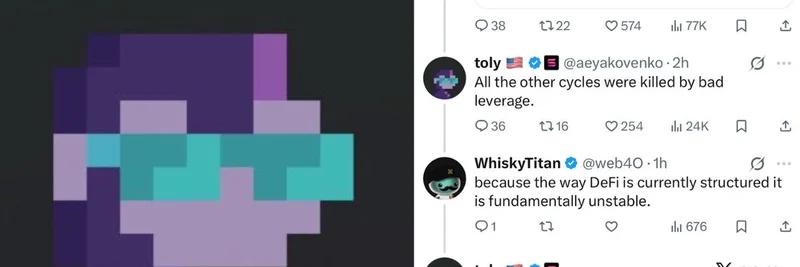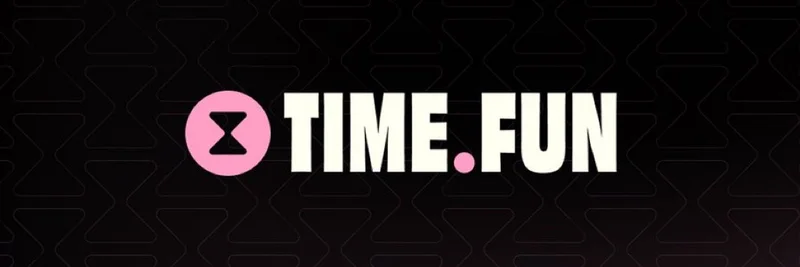In the ever-evolving world of cryptocurrency, Solana co-founder Anatoly Yakovenko, known on X as @aeyakovenko, recently shared some intriguing thoughts on decentralized finance (DeFi) compared to traditional finance (TradFi). His comments, highlighted in a post by @DegenerateNews, suggest that DeFi has built-in safeguards that could make it more stable than its traditional counterpart, especially when it comes to avoiding those nasty "leverage rugs."
이해하기: DeFi vs. TradFi
For those new to the crypto space, DeFi refers to financial services built on blockchain technology, allowing users to lend, borrow, trade, and more without intermediaries like banks. TradFi, on the other hand, is the old-school financial system we're all familiar with—think Wall Street, banks, and stock exchanges.
Yakovenko's key point? "Excluding hacks, I think DeFi, even with multisigs, prevents a lot of the bad leverage rugs that we saw in TradFi." Let's break this down. A "rug" in crypto slang means a rug pull, where developers or insiders suddenly pull out liquidity, leaving investors high and dry. Leverage rugs specifically point to scenarios where excessive borrowing against assets leads to massive collapses, like we've seen in past financial crises.
Multisigs are multi-signature wallets that require multiple approvals for transactions, adding a layer of security. According to Yakovenko, these features in DeFi help mitigate the kind of over-leveraged disasters that plagued TradFi, such as the 2008 financial crisis driven by risky mortgage-backed securities.
커뮤니티 문맥
This statement came amid discussions sparked by Ryan Sean Adams (@RyanSAdams), a prominent crypto advocate, who pondered if the current market dip is a "bear trap" or the end of the bull run. Adams tweeted, "either this is a bear trap or the bull market is over," followed by, "if this is a bear trap it's highly convincing."
Yakovenko responded by noting that "All the other cycles were killed by bad leverage." Another user, @Web4O, chimed in, saying DeFi's structure makes it "fundamentally unstable," but Yakovenko countered with his DeFi praise.
This exchange highlights ongoing debates in the crypto world, especially on platforms like Solana, which hosts a vibrant ecosystem of meme tokens. Meme coins, often volatile and leverage-heavy in trading, could benefit from DeFi's transparency and security measures, potentially reducing rug pull risks for traders.
meme token 애호가들에게 중요한 이유
At Meme Insider, we're all about diving into the wild world of meme tokens, and Solana is a hotspot for them. Yakovenko's optimism about DeFi could signal stronger foundations for meme projects built on Solana. With better safeguards against bad leverage, traders might see fewer sudden crashes, making the space more appealing for both degens and serious investors.
Think about it: in TradFi, opaque leverage practices led to bailouts and recessions. In DeFi, smart contracts and multisigs make everything visible on the blockchain, theoretically preventing similar pitfalls (hacks aside, as Yakovenko notes).
암호화폐 지형의 향후 전망
As the market navigates potential bear traps, insights from leaders like Yakovenko remind us of blockchain's potential to redefine finance. For meme token holders on Solana, this could mean a more resilient playground. Keep an eye on Solana's developments—whether it's new DeFi protocols or the next viral meme coin, the tech is evolving to prioritize stability.
If you're trading memes or exploring DeFi, always do your own research and consider the risks, especially hacks that even Yakovenko excludes from his praise. Stay tuned to Meme Insider for more updates on how these discussions shape the meme token meta.




